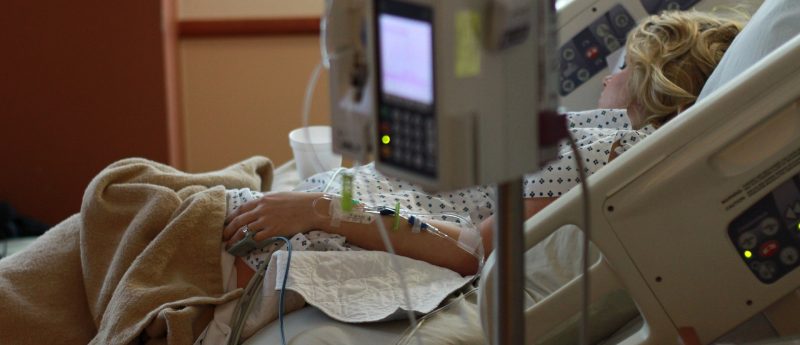Novel diagnostic tool could reduce preterm birth in resource-poor countries

Larry Forney, University of Idaho (ID, USA), Steven Witkin, Weill Cornell Medicine (NY, USA), Antonio Moron, Federal University of Sao Paulo (Brazil) and their research teams have reported a diagnostic tool that assesses the presence of risk factors, including short cervix and the Lactobacillus species of bacteria in the vaginal microbiome for preterm birth. The research aimed to provide an inexpensive diagnostic test that is non-invasive and cost-effective for patients in countries with limited resources.
Larry Forney commented: “We have found that there are components in the vagina, proteins and bacteria that can be used to identify women who are at elevated risk for preterm birth. There is a need to have a cost-effective diagnostic that can be used to identify women who are at risk for a preterm birth, so more intensive monitoring and, if needed, the most appropriate therapies can be initiated. The goal is to have a point-of-care diagnostic that people can use in a clinic that doesn’t require any advanced technology, expensive instrumentation, or extremely specialized skills.”
The research, funded by the Bill and Melinda Gates Foundation and published in mBio, collected and analyzed vaginal fluid samples from 340 mid-trimester pregnant women to determine the presence of risk factors for preterm birth. It was discovered that approximately 10% of women had a short cervix and that TIMP metallopeptidase inhibitor 1, a tissue inhibitor of matrix metalloproteinases, D-lactic acid, sequestosome-1, age and race all directly affect cervical length. Risk factors including, TIMP metallopeptidase inhibitor1, sequestosome-1 and belonging to the black race had strong negative effects on cervical length.
Larry Forney explained that “Women with shortened cervixes can have ascending infections from the vagina into the uterus that can elicit inflammation and trigger contractions and preterm births. If you can identify people at risk, there are standard therapies that can be given, but if you don’t know who is at risk, then you can’t very well have a basis of choosing who should receive the additional therapy.”
This research is of great importance, as complications of preterm birth account for roughly a third of the world’s 3.1 million neonatal deaths each year. In wealthy countries, most pregnant women undergo a transvaginal ultrasound at 18–24 weeks gestation, to determine cervical length and women with a short cervix are treated with progesterone, a cerclage or a cervical pessary to reduce the likelihood of premature delivery. Similarly, women with bacterial vaginosis, discovered by microscopy of Gram-stained smears or diagnostics based on gene amplification are given antibiotics to restore dominance of Lactobacilli and reduce the risk of preterm birth. However, in less prosperous countries, the resources to perform a transvaginal ultrasound or characterize the composition of the vaginal microbiome are unavailable.
To advance research and provide an earlier diagnosis of the risk factors which affect preterm birth, Larry Forney stated that: “Our next step is to do a larger study that includes women in their first trimester so that if the findings are similar, monitoring and possible treatment can begin earlier in gestation.”
Sources: Witkin SS, Moron AF, Ridenhour BJ et al. Vaginal biomarkers that predict cervical length and dominant bacteria in the vaginal microbiomes of pregnant women. mBio doi:10.1128/mBio.02242-19 (2019)(Epub ahead of print); www.eurekalert.org/pub_releases/2019-10/asfm-pdf101419.php





